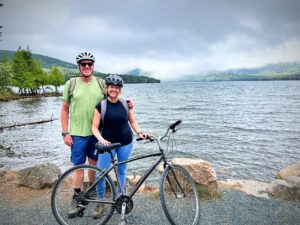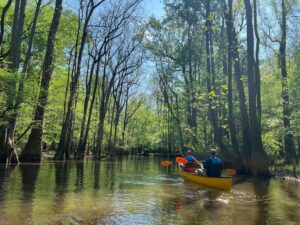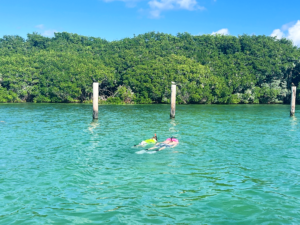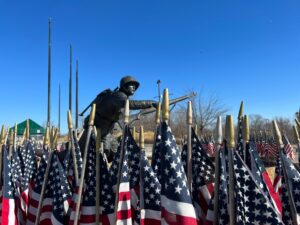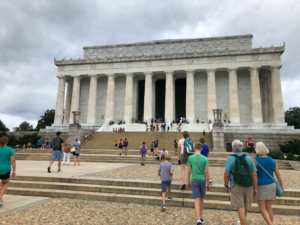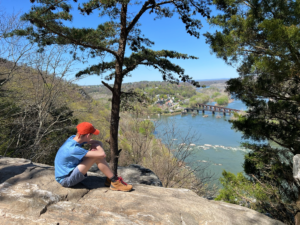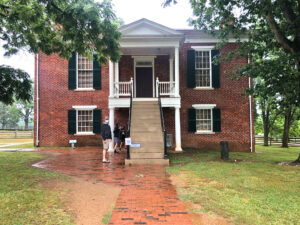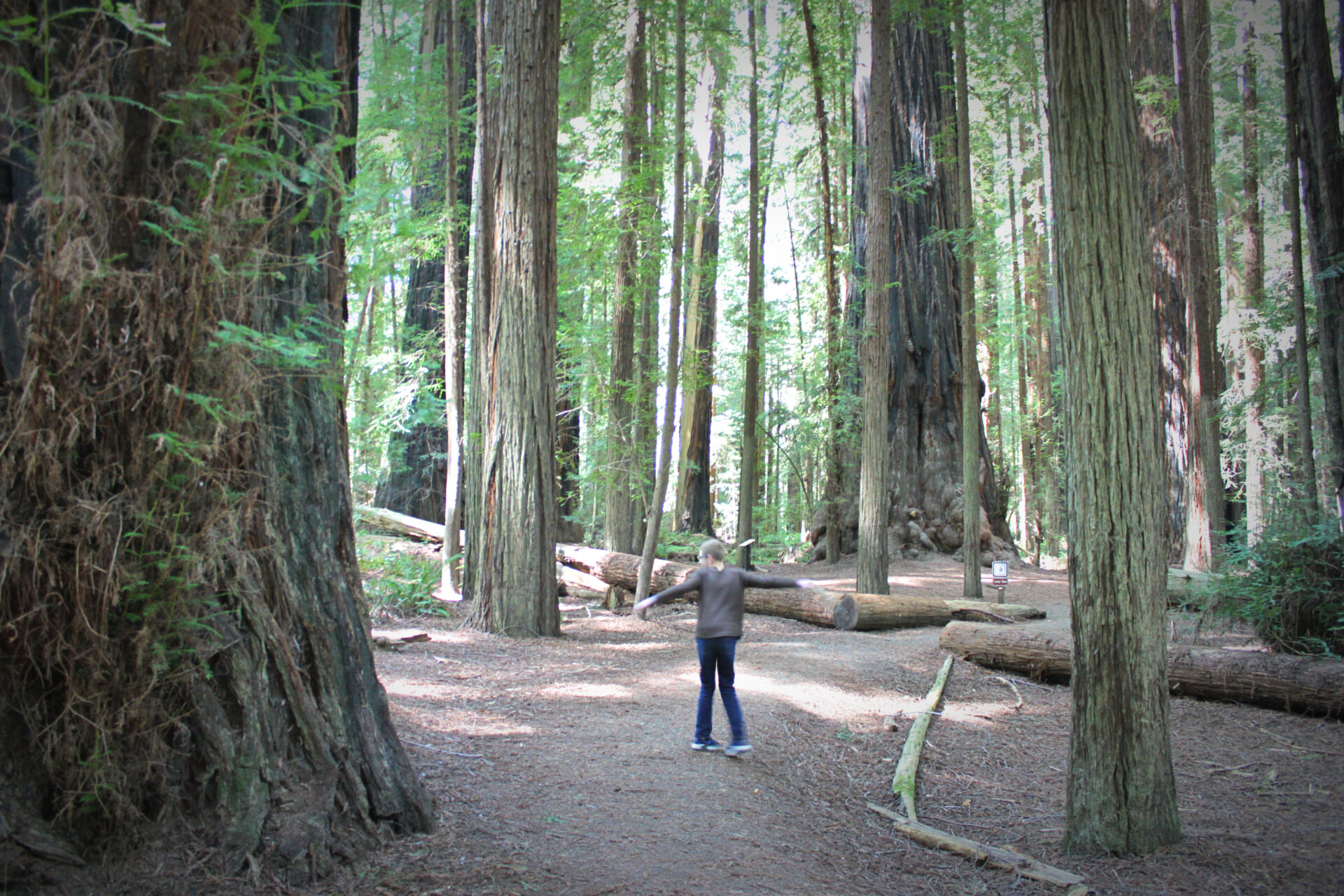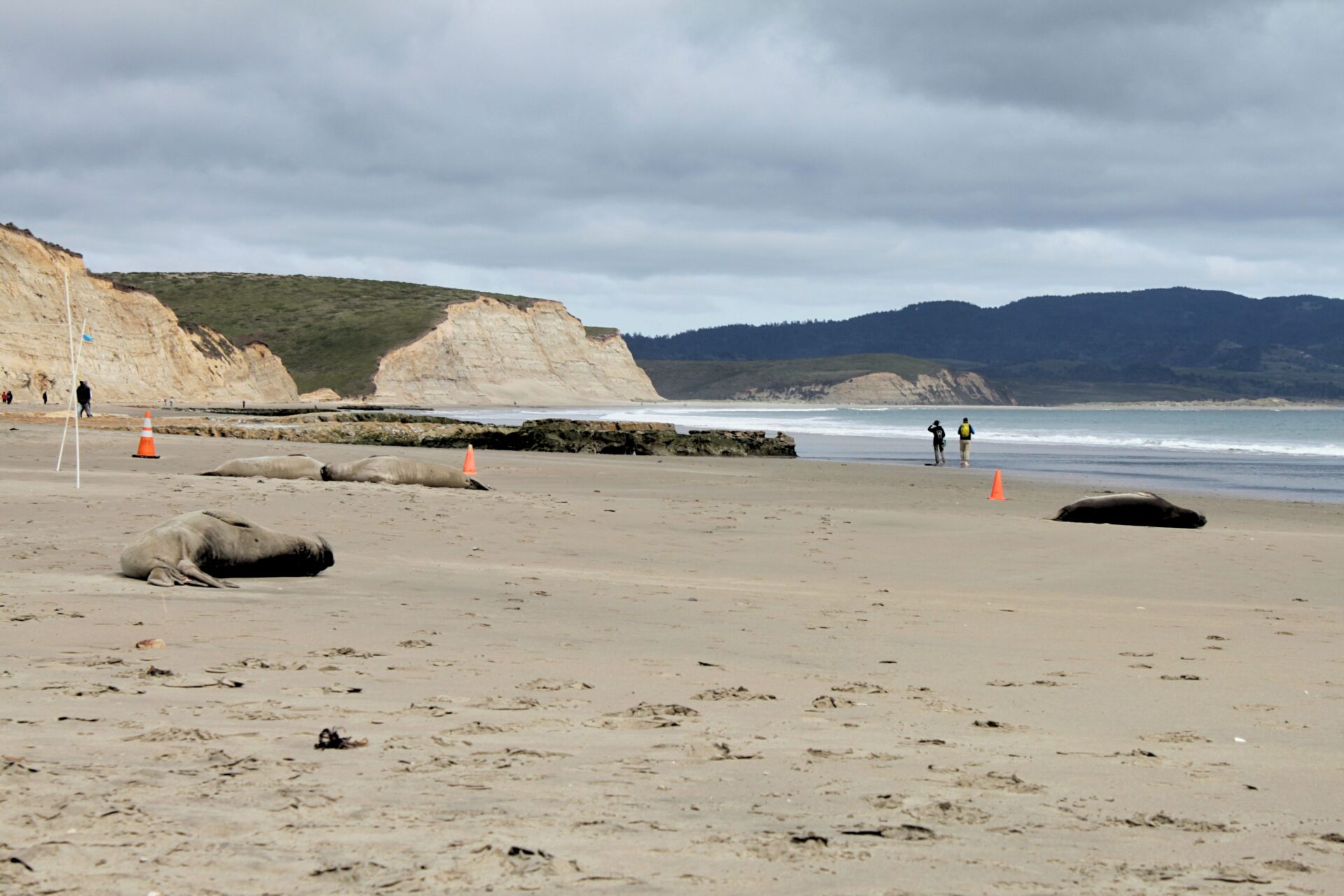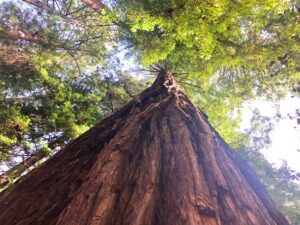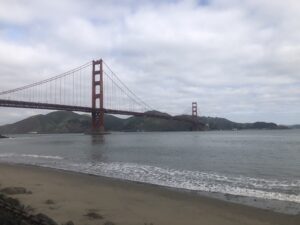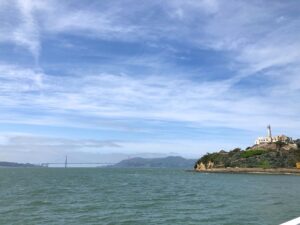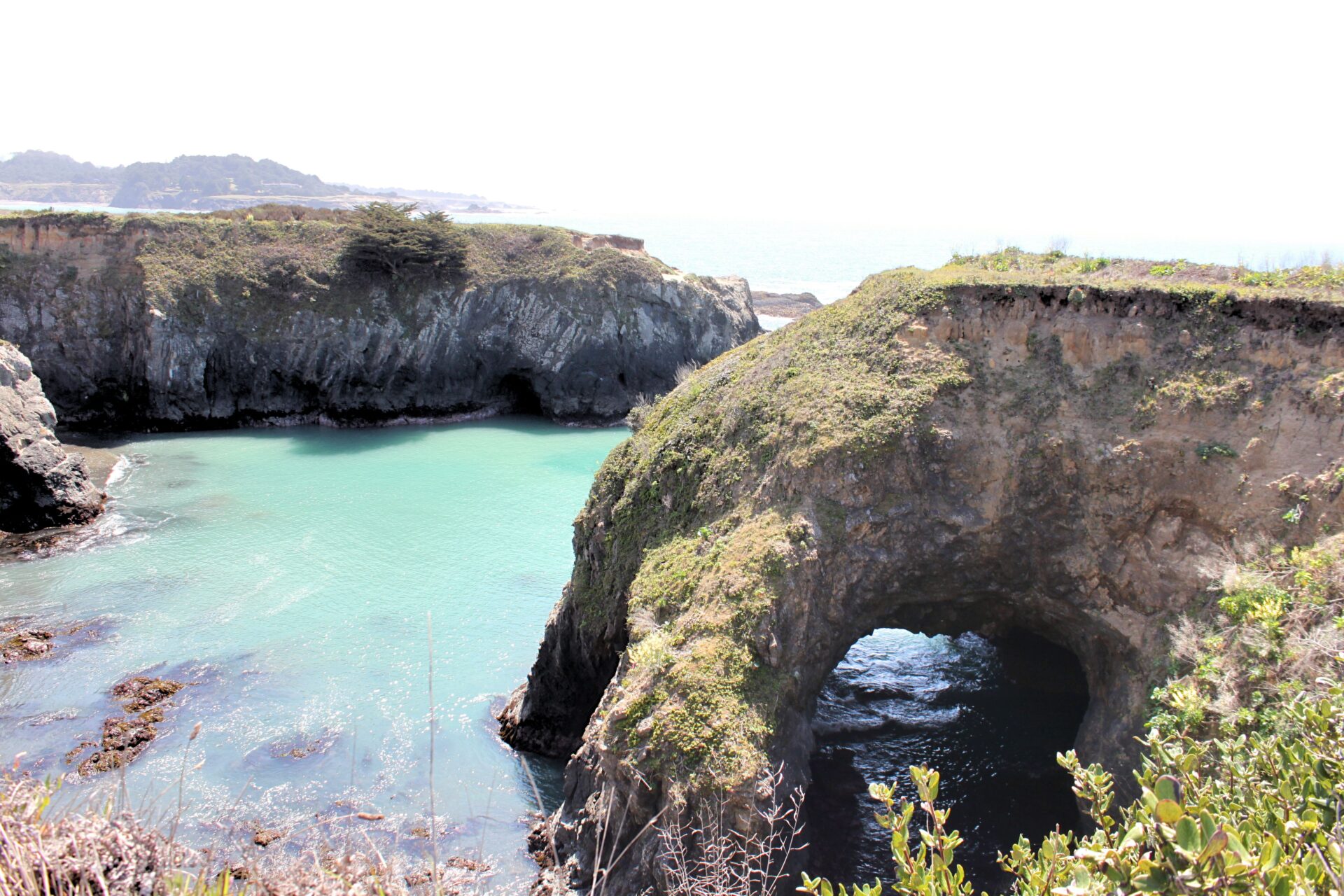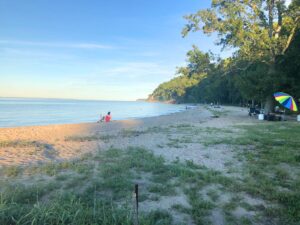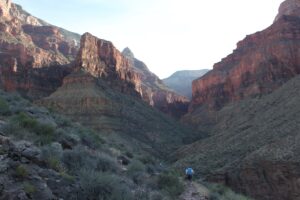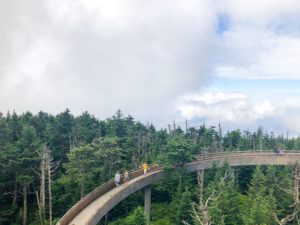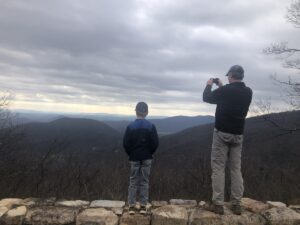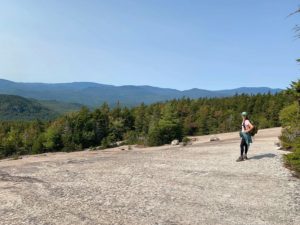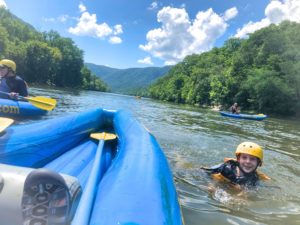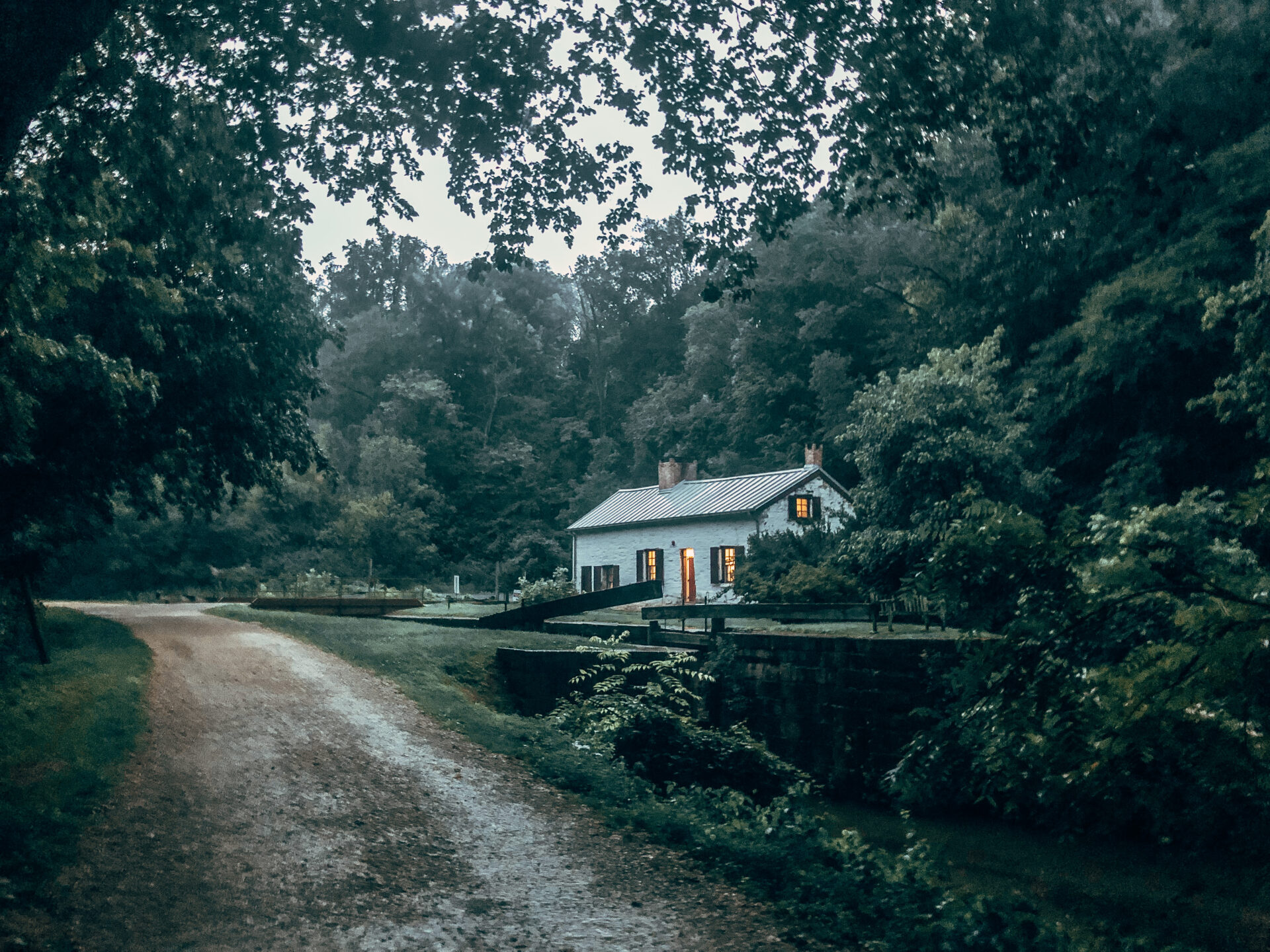
Sometimes, I don’t know how travel ideas become part of my daydreams. Sometimes, some trips, feel like they just pop up without warning then consume me until I book them. There is no clear recollection of deciding that the trip is a “bucket list” item – there is just a general growing awareness of a really great idea.
This was one of those trips. I can’t remember how I found out about these, but I do know I am so glad for the experience of staying inside a former lockhouse inside the C&O Canal National Historical Park.
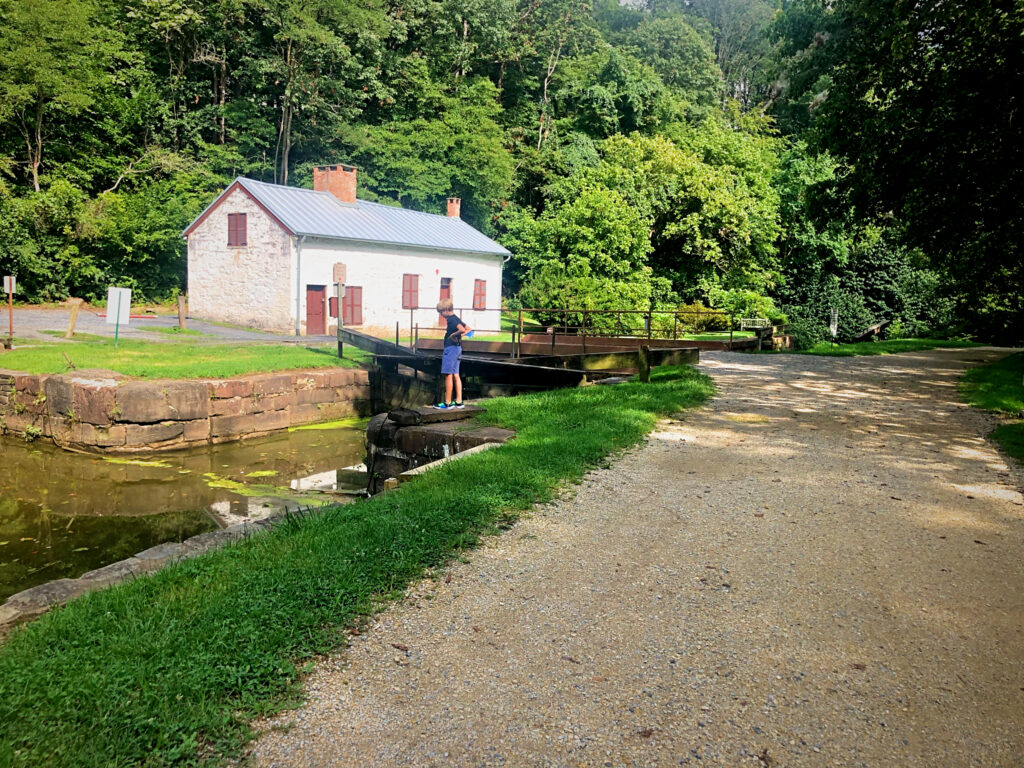
There are currently seven lockhouses available for rent up and down the entire length of the C&O Canal. But they aren’t all created equal!
What you need to know about staying in a C&O Canal lockhouse...
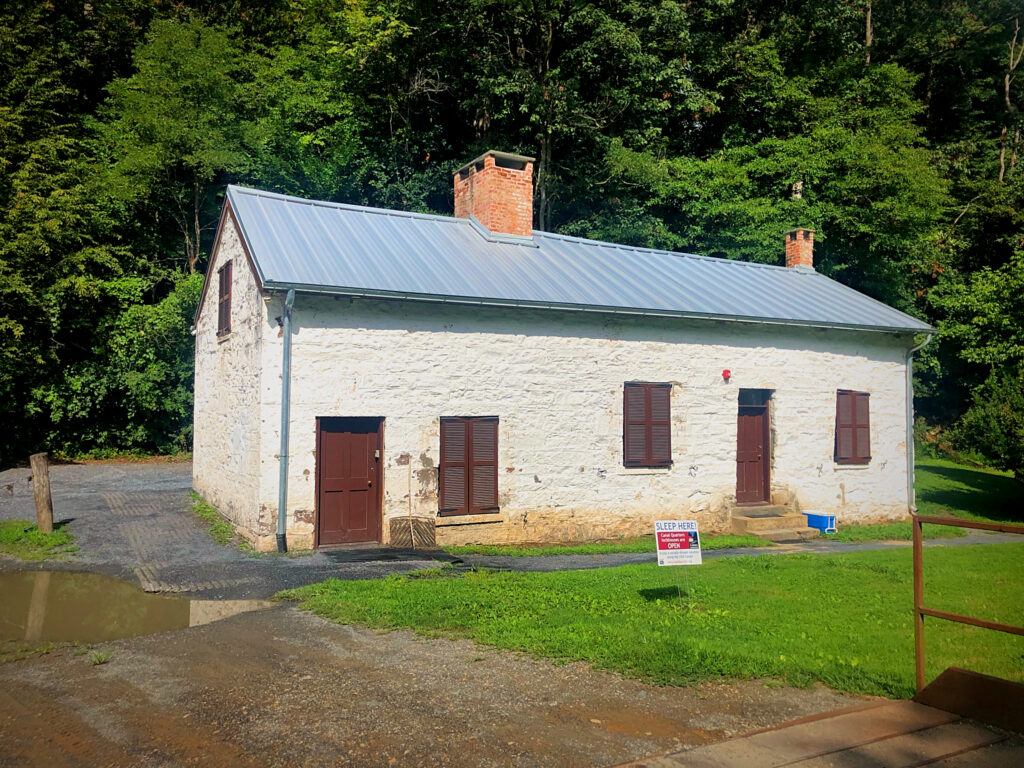
Restoration of the lockhouses began in 2009 and has been stewarded by the C&O Canal Trust. Each lockhouse has been restored to depict a different time in history, complete with time period appropriate decorations and photos.
And each lockhouse has a different set (and amount) of amenities. None of these are going to have a hot tub or a massage chair, of course. These are small, old buildings. But we chose Lockhouse 21 (Swain’s Lock) because it had full electricity, running water, and temperature control like air conditioning. Not all the lockhouses do. In fact, it is best to check out the C&O Canal Trust website to see the differences of all the lockhouses prior to booking. We really appreciated having a kitchen, too. No microwave or dishwasher; this was pretty barebones, but it worked.
For example, Lockhouse 28 requires a 3/4 mile hike to get to; Lockhouse 49 has electric baseboard heat but no running water. Be sure to do the research on your lockhouse before going!
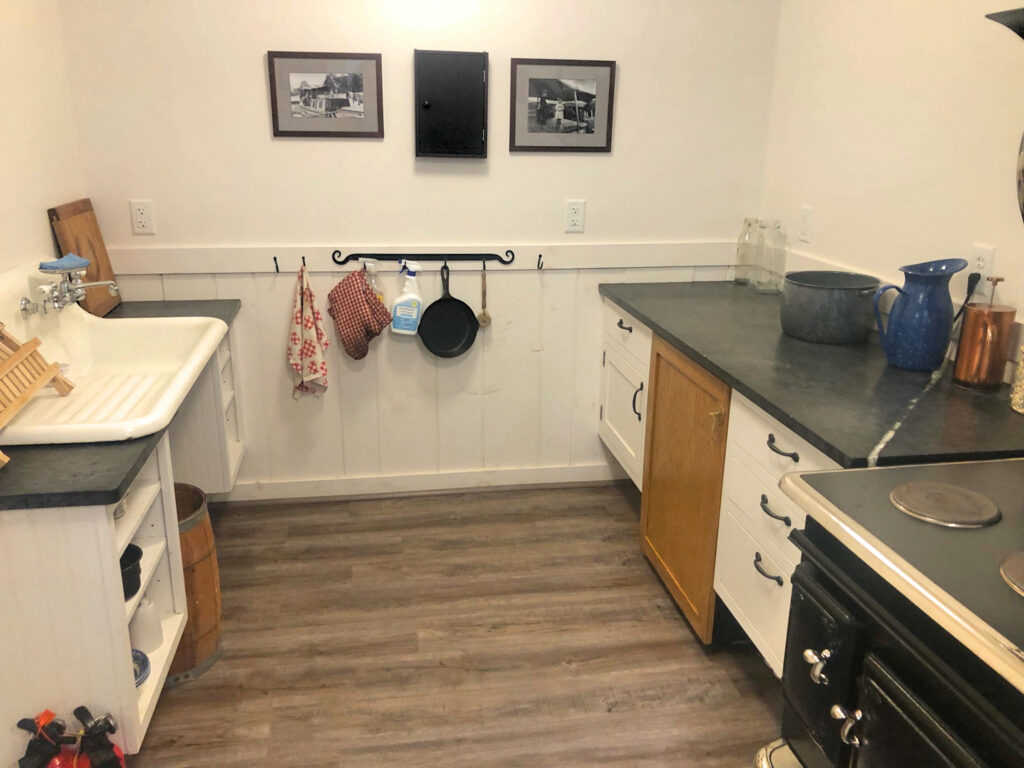
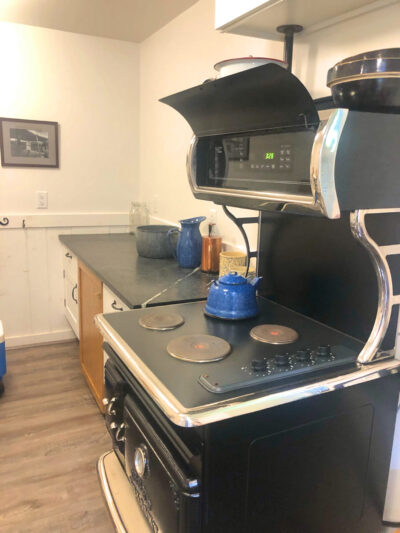
They are also in locations that vary widely. Lockhouse 6 is just outside the official DC lines, while Lockhouse 49 is incredibly far north in Maryland, well past Harpers Ferry.
Lockhouse 21 was close enough to DC that one day of DC sightseeing was easy. Yet we felt remote enough inside the Historical Park, with the ability to walk over to the mighty Potomac River, that we felt part of the Canal’s life and history, away from the DC bustle. We were a 30 minute drive from the National Mall yet came home to dine next to ducks and a running river.
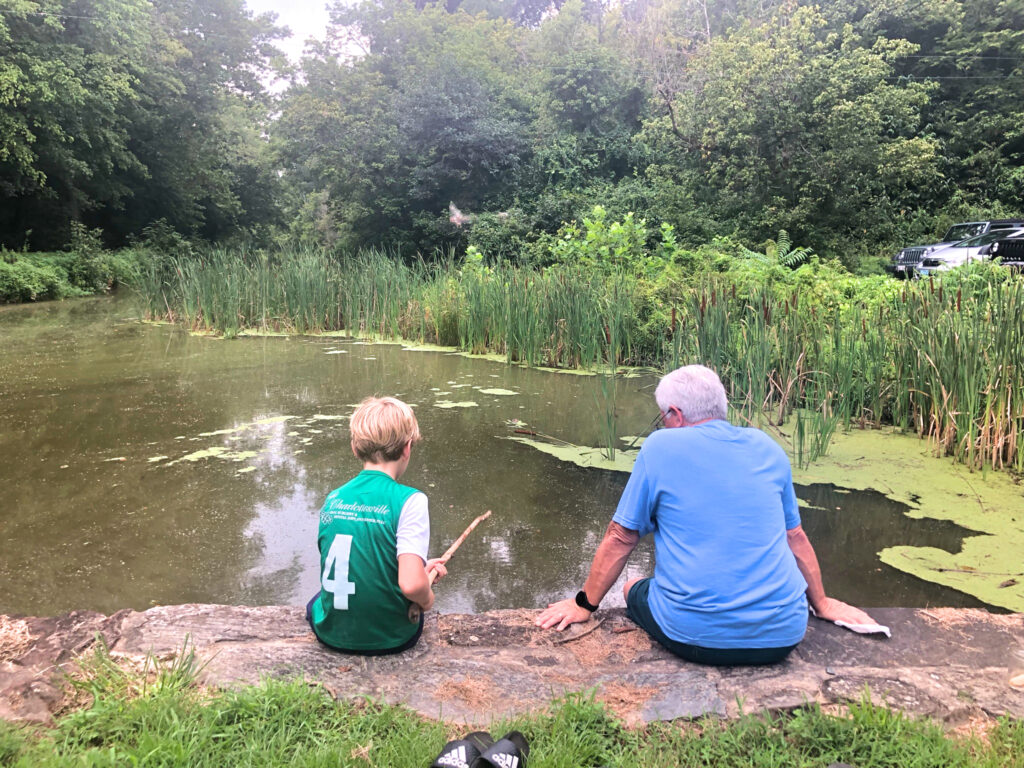
While there are currently seven lockhouses available for rent, there are still 26 standing in various states of ruin. It seems as if the C&O Canal and its lockhouses are still very much writing their story. This area is not closing the book yet.
Lockhouse 10 (one of the oldest still standing) was built in 1830. Our lockhouse was built in the 1880s. Yet, interestingly, Lockhouse 21 was privately owned, lived in and used as a rental shop for over 99 years!
Throughout the house itself are small stories and tributes to that family – including an important goose!
I can’t wait to see what the Canal Trust does with the remainder of the abandoned buildings, because we loved our stay here. Given the number of enthusiastic questions we got from passerbys, we know that as word gets out about the lockhouses, they will grow in popularity.
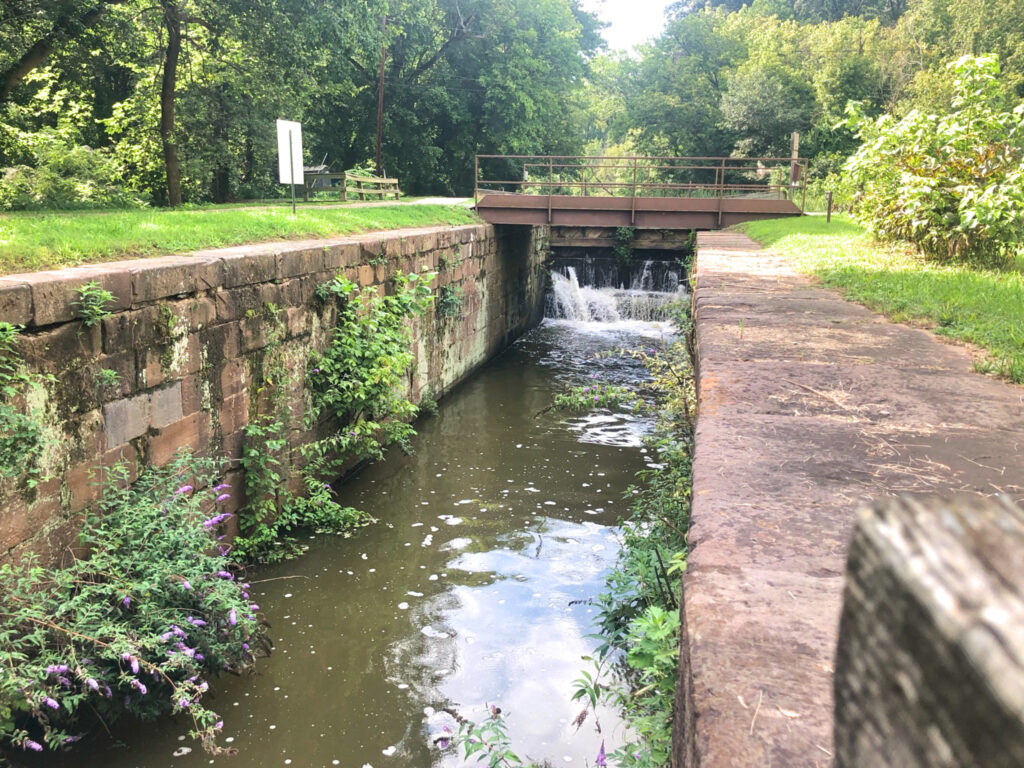
We loved our daytrip into DC to do some amazing sightseeing (see our Instagram story to learn what made that trip so successful), but we enjoyed most of all the opportunity to explore the C&O Canal towpath on two wheels.
What you need to know about biking the C&O Canal...
The entire C&O Canal towpath is long – 184 miles. It is flat, with hardpacked dirt or pea gravel, popular, and gorgeous.
Through-biking the Canal is actually more common than I realized, and many of the travelers utilize the lockhouses during their long rides. There are also campgrounds along the Canal, too, but those don’t have bathhouses (just port-a-johns).
We, of course, were not through-biking (although the idea does appeal to me immensely).
We brought our bikes with us to the lockhouse (and bike locks for while the lockhouse had a rack, it was outside and exposed). Our kids are no strangers to rail trails and were excited for this adventure. They were also pretty well conditioned. We knew we could do around 14 miles total on the bike.
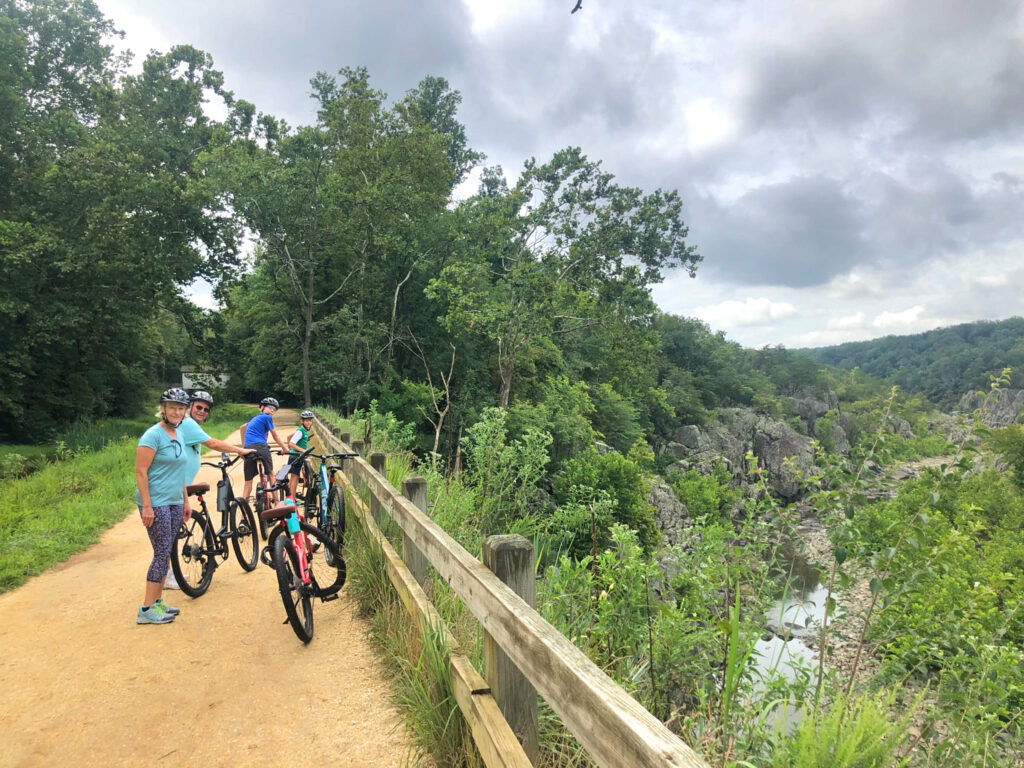
We came out of Lockhouse 21 and headed towards DC. Very soon, we were at the beautiful and famous Great Falls park. Here we popped off our bikes and enjoyed walking the pedestrian bridge overlooking the falls. The Potomac amazes me with its size and power every time I see it.
But the smaller Canal that ran alongside it was where we spent most of our journey, and it has a very different story to tell.
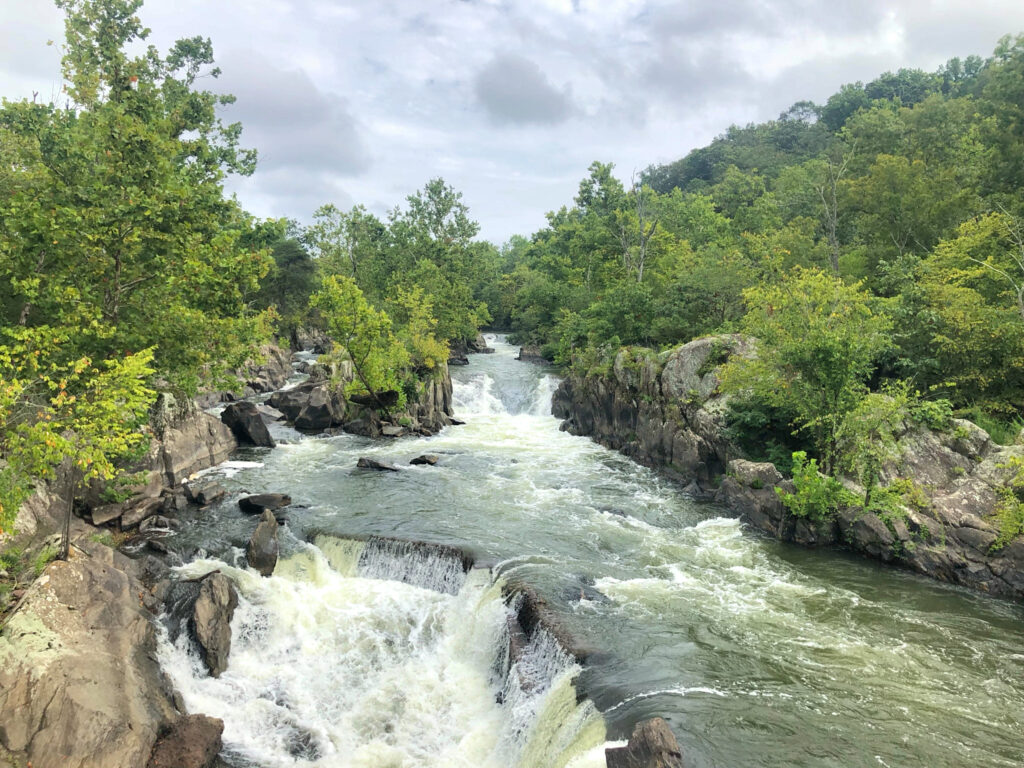
The history of the C&O Canal is fantastic and riveting. Biking by Lock 20 we were able to take in a bit of that, and I recommend a stop there.
But you may be surprised to learn that a lot of the Canal is dry – no water at all. And some parts of the Canal are full of water only by active management.
Construction on the C&O Canal began in 1828 as a way for goods and wealth to make their way up and down the Eastern seaboard. But due to red tape, bureaucracy, land use arguments, and generally just the challenge of building a canal, by the time it was finished in 1850 it was obsolete. The B&O Railroad was complete by then and made movement of goods far faster and more efficient.
Yet the Canal continued to be used and actively managed until 1924. That year, though, a flood damaged many portions of the Canal and it was abandoned as a means of transportation, even though families continued to live alongside it and in the lockhouses for decades afterwards. In 1938 the government bought the Canal and surrounding land from the B&O Railroad. (I am not even sure when the Railroad moved into possession of it – that part seems to be not well published).
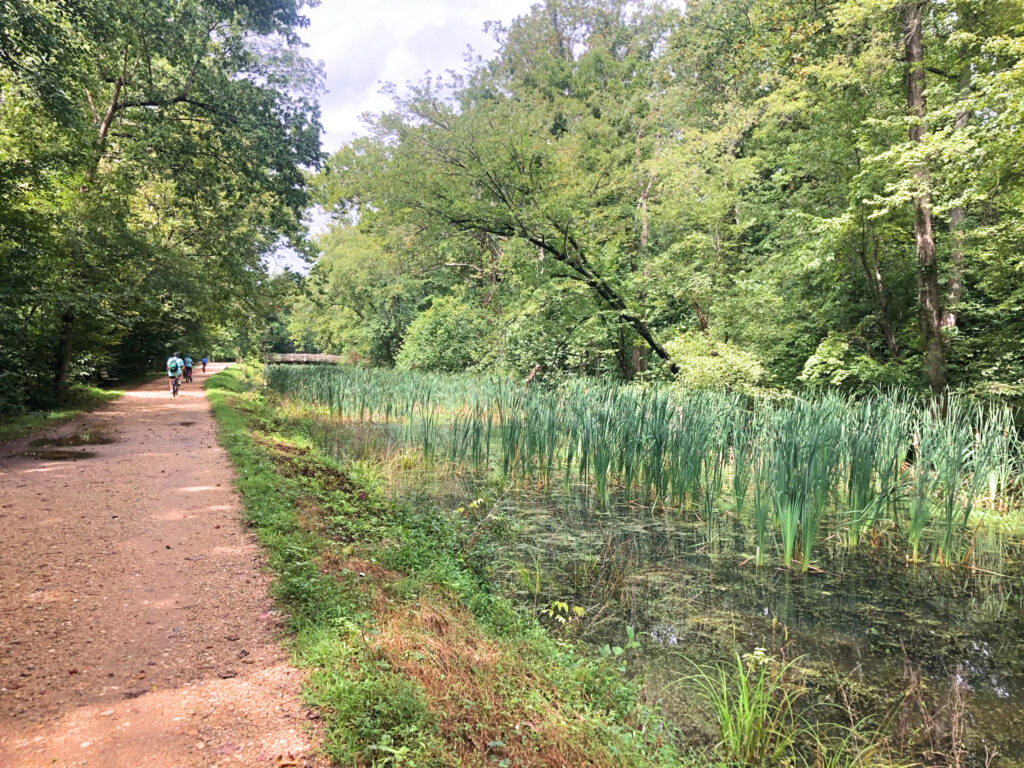
After World War II, things get really interesting for the Canal. There were some crazy plans about what to do with this prime piece of real estate close to the nation’s capitol yet prone to flooding. FDR’s administration had a proposal for a long underground highway and something about landing pads for planes.
All agreed, though, that trying to maintain the system that kept water throughout the entire Canal was too expensive and too hard. Water doesn’t naturally fill the C&O Canal. Water is diverted, dammed, leveed and otherwise manipulated to fill the entire 184 miles of canal.
So, they wanted to pave paradise and put up a parking lot. Sort of. The plan eventually became solidified to make the Canal into a parkway for automobiles.
But Supreme Court Justice William O. Douglas was having none of that. He invited Washington Post journalists (who had endorsed the parkway idea) to join him on an 8-day hike up the C&O Canal. (I really wish they had blogging and social media from back then.) They all did it and public sentiment changed.
In 1958, they built a 12-mile biking/hiking trail along the Canal. In 1961, Eisenhower made it a national monument; in 1971, Nixon made it a national park.
So now, it’s protected and managed so I can take my kids there and spend a few phenomenal days exploring just a sliver of its 20,000 acres.
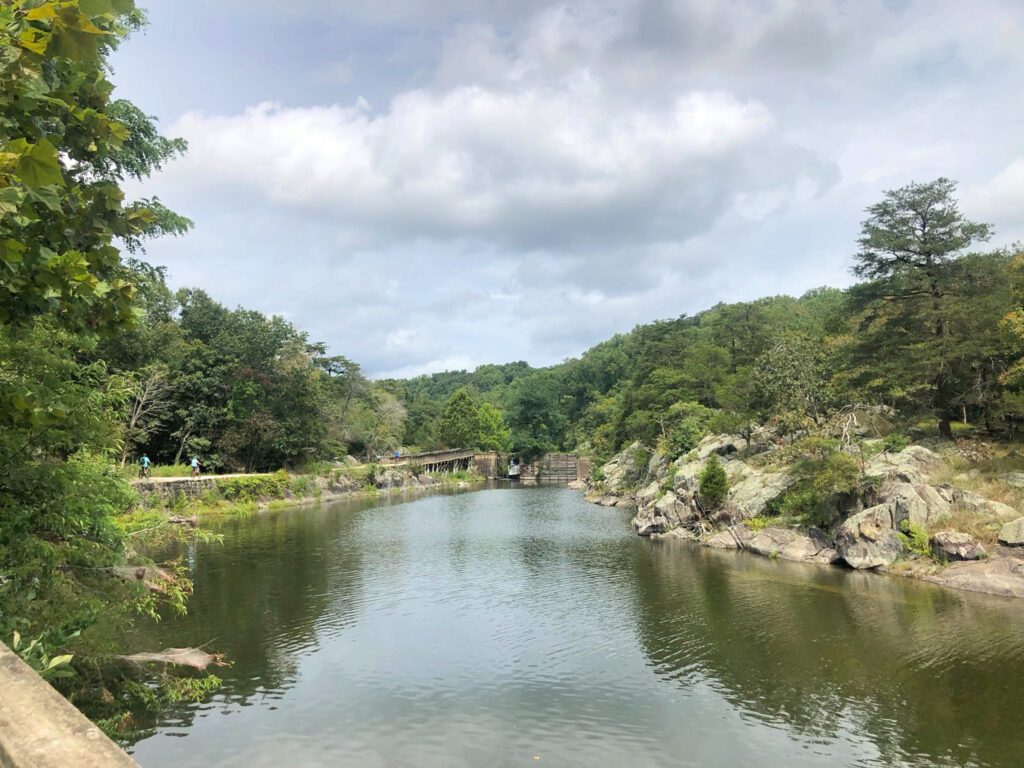
It still floods and large sections of the Canal are dry. The Lockhouse wasn’t perfect (there was a question as to whether the water would be running properly up until the morning of our arrival). But this is truly a stunning place to bike and explore.
The landscape and vegetation changed so much from bend to bend and the surrounding nature has so much individual personality screaming to be noticed.
Thank goodness it’s not under pavement.
We biked from Lockhouse 21 to Carderock Recreation Area, where we enjoyed the picnic we had packed. Then we headed back.
We were happily tired from the mileage, and it was nice to know that we had a comfortable little lockhouse to come home to. As we sat alongside the lock, watching our duck family return from their day of adventures, too, we felt fortunate to experience the C&O Canal in all of her expressions.
What a great family trip.

For more about the C&O Canal Lockhouses and the Towpath, check out these links:
- C&O Canal Trust, for more information on and booking the lockhouses
- Official NPS site for C&O Canal
- Great guide on bicycling on the path, including markers, grade, and what to expect
- Official NPS site for Great Falls Park

